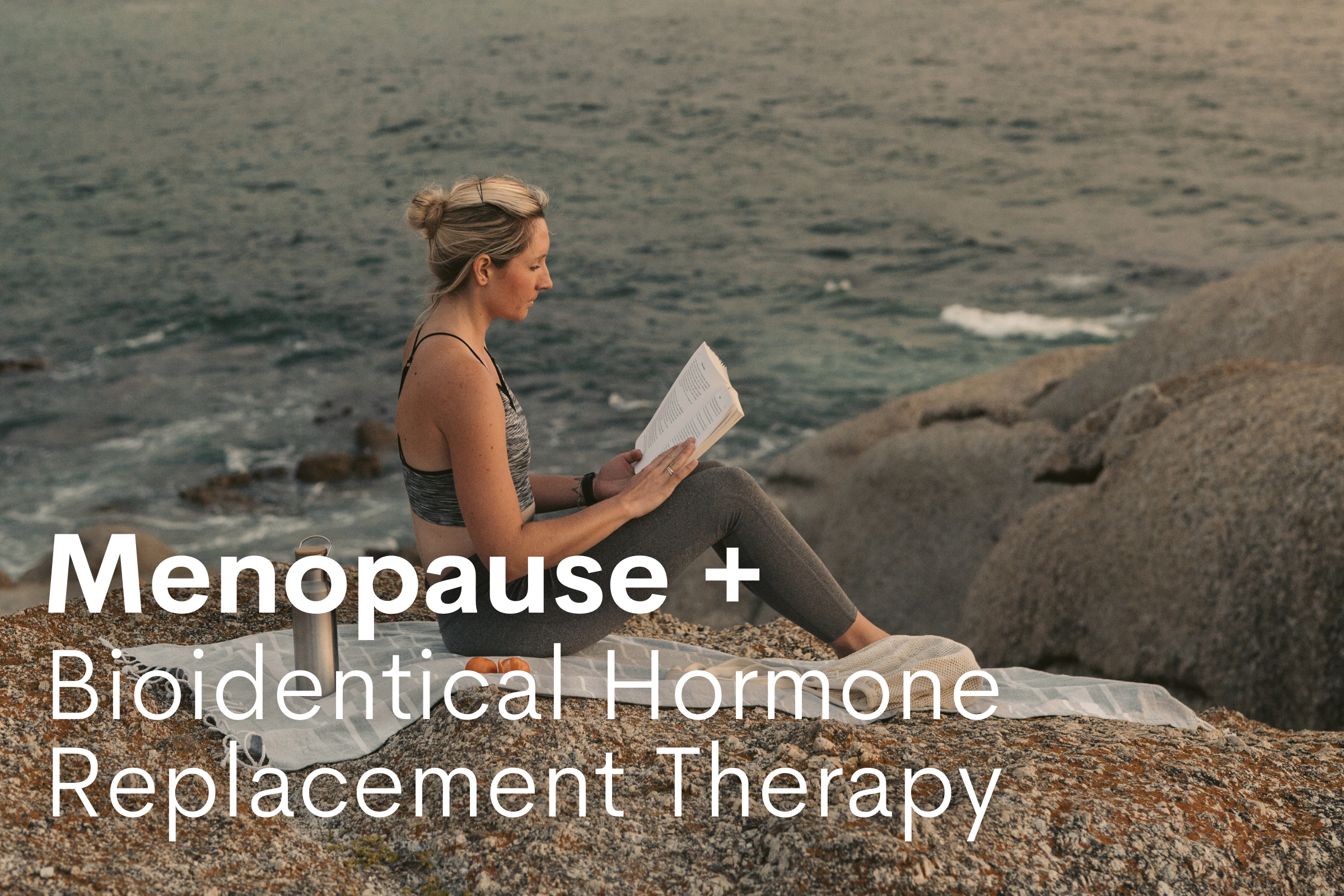Menopause + Bioidentical Hormone Replacement Therapy (BHRT)
Hormonal changes that occur during menopause can be easy for some women and life-altering for others. There are a wide variety of experiences with this life transition. We want to support you to feel your best, function best, and create longevity while THRIVING, not just surviving. Hormonal dysregulation can also be the culprit with PMS, PMDD, and PCOS. This article is mostly about menopause, but it’s valuable to understand how intricate and powerful our hormones are. We can look at hormonal function at any time during your reproductive life and help you feel and function at a higher level.
Possible symptoms:
Increased UTIs
Vaginal dryness, itchiness, and pain
Increased yeast infections
Headaches
Mood changes
Memory loss
Depression
Anxiety
Hot flashes
Night sweats
Joint pain
Weight gain
Sleep disturbances
Usually, we focus on estrogen when considering menopause and hormone dysfunction. However, there are many hormones interacting in pretty complex ways. Among these hormones, there are positive and negative feedback systems. The cascade of hormonal changes flows in a certain direction, like a river, or a waterfall. The hormones that are more toward the top of the flow are called precursor hormones. They affect the hormones more toward the bottom of the cascade. Each precursor plays an important role in our health and well-being. If we miss the precursor, we can miss its benefits, including how they affect the more downstream hormones.
Many of the precursor hormones come from the pituitary or adrenal glands. Adrenal glands are located above the kidneys, and they produce important hormones, such as sex hormones and cortisol. They produce these hormones in response to signals from the pituitary gland, which is located in the brain. The pituitary gland, also located in the brain, responds to signals from the hypothalamus, also located in the brain.
Hormone function and change during menopause
FSH - Follicle-stimulating hormone (FSH) is made by your pituitary gland. It is important for sexual development and functioning. FSH is responsible for controlling the menstrual cycle and stimulates the growth of eggs in the ovaries. After menopause, this hormone tends to increase. FSH causes ovarian follicles to enlarge and produce estrogen. Over time, in menopause, these follicles become fewer, causing decreased levels of estrogen as women age. Because of this lack of estrogen production, FSH increases to produce more estrogen. Secondary to the lack of estrogen being made, there is no feedback to turn off the FSH production which makes it continuously elevated after menopause. Raised FSH and lower levels of estrogen may cause the characteristic hot flashes in menopause.
LH - Luteinizing Hormone (LH) is produced and released by the anterior pituitary gland and works to control the menstrual cycle. LH does this by aiding in ovulation (release of the egg from the ovaries). LH levels go up right before ovulation. Too little LH or too much LH can create problems with infertility and reproductive complications. During menopause, there is a reduction in estrogen which causes elevated LH levels.
The message here is that FSH and LH are on a negative feedback loop with estrogen. When women go through menopause, estrogen output decreases, therefore signaling an increase in FSH and LH.
Estrogens - The main source of estrogen comes from the ovaries, but adrenal glands and fat tissues can also deposit smaller amounts of estrogen. Estrogen is composed of estrone, estradiol, and estriol.
Estrone is a weaker estrogen and tends to go up with the increased belly fat typical of menopause. Estrone can be inflammatory and an increase in levels is not ideal.
Estradiol - Estradiol plays a large role in puberty and reproduction and is the most powerful of the estrogens. It also plays an important role in bone health, cholesterol control, brain health, heart health, and skin health, as well as the health of other tissues in the body.
Estriol - Estriol is the weakest form of estrogen in the body. It typically increases during pregnancy, though it is present throughout a woman’s lifetime. It decreases after menopause, and it may alleviate some menopausal symptoms while also not increasing the risk of breast cancer.
Cortisol - With all of the changes that occur in the body during menopause, it’s not abnormal for cortisol levels to rise, as cortisol is commonly known as the “stress hormone.” During times of stress, if the adrenals focus too much on producing cortisol, they may not be able to produce the amount of hormone precursors needed to feel well and function optimally.
Androstenedione - Androstenedione is an important hormone in the production of testosterone and estrogen. It is mostly produced by the adrenal glands. After menopause, women produce nearly one-half of the amount of this hormone compared to before menopause. This lowered production can have implications on the production of testosterone, which is needed for mood, skin, bone, and cognitive health.
Testosterone - As a normal process of aging, there is a reduction in testosterone in females. This decrease can be seen more specifically in women going through menopause. The ovaries play a significant role in the production of testosterone, but during menopause, there is a reduction in the hormones produced by the ovaries causing lower testosterone levels. Testosterone can also be produced in the adrenal glands. Lower levels of testosterone can affect women by impacting their energy levels, mood, sex drive, and cognitive function. Testosterone is very important for women as it helps with bone health, skin health, and nail health, and it has possible neuroprotective properties.
Pregnenolone - Pregnenolone is produced by the adrenal glands, produced by cholesterol in the body, and produced in the brain. It is considered a neurosteroid. It is also a precursor to progesterone as well as DHEA. DHEA then converts to androstenedione, which converts to testosterone and estrogen. Because its role as a hormone precursor is so important, it is often referred to as the “grandparent precursor”.
Pregnenolone has many important neurological functions, such as:
Neuroprotection (protection against nerve cell damage)
Neuroplasticity (the ability of neural networks in the brain to change through growth and reorganization)
Neurogenesis (growth and development of nervous tissue)
Regulating mood and memory (15)
Assisting with weight loss, libido, and overall energy
Like many other hormones, it decreases with age. Low levels of pregnenolone have been associated with depression, fatigue, low libido, loss of bone density, and loss of muscle mass.
Dehydroepiandrosterone (DHEA) - DHEA is an extremely important precursor hormone. It is synthesized from cholesterol through pregnenolone by the adrenal glands and can convert into other hormones, like testosterone and estrogen.
Levels of DHEA are typically highest when we are young adults and gradually decrease as we age, potentially as much as 80% less than our highest levels. Low levels of DHEA are associated with low libido, reduced bone mineral density, heart disease, and osteoporosis in women. On the other hand, sufficient levels of DHEA are associated with:
Brain health
Immune function
Energy
Bone metabolism
Blood sugar regulation
Healthy libido
Progesterone - Progesterone plays a large role in menstrual cycles and signaling the uterus to thicken in the event of pregnancy. During and after menopause, progesterone levels decrease significantly. Progesterone is also able to counter the effects of cortisol in our bodies before menopause. After menopause, this cushion against cortisol weakens due to a lack of progesterone. When you’re under high amounts of stress, your body also produces cortisol instead of progesterone, which can cause insomnia, low energy, digestion problems, weight gain, low sex drive, and more. Clinically, we have seen supplementation with progesterone help restore restful sleep in individuals with low progesterone, enhance energy, and increase sex drive (since it does convert into testosterone). Progesterone also helps to block aldosterone receptors which can promote water retention and swelling.


